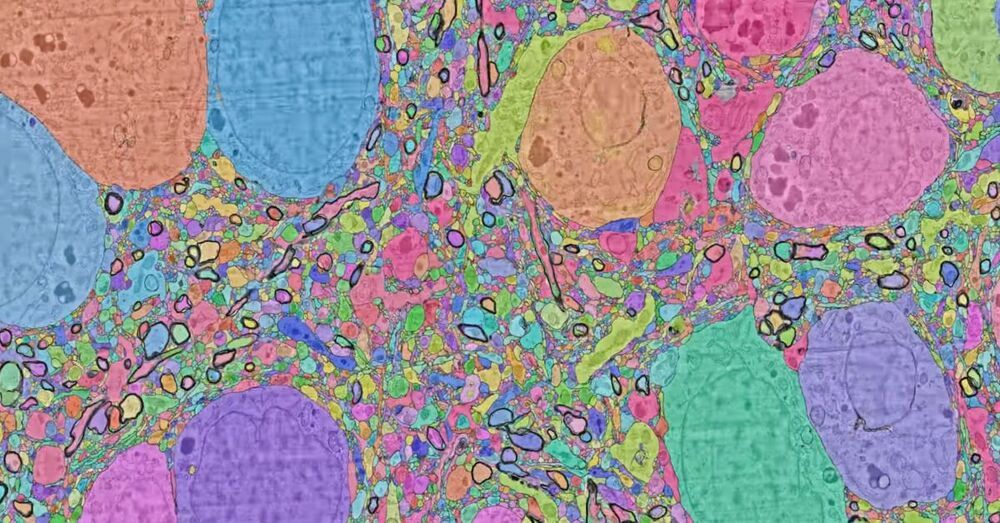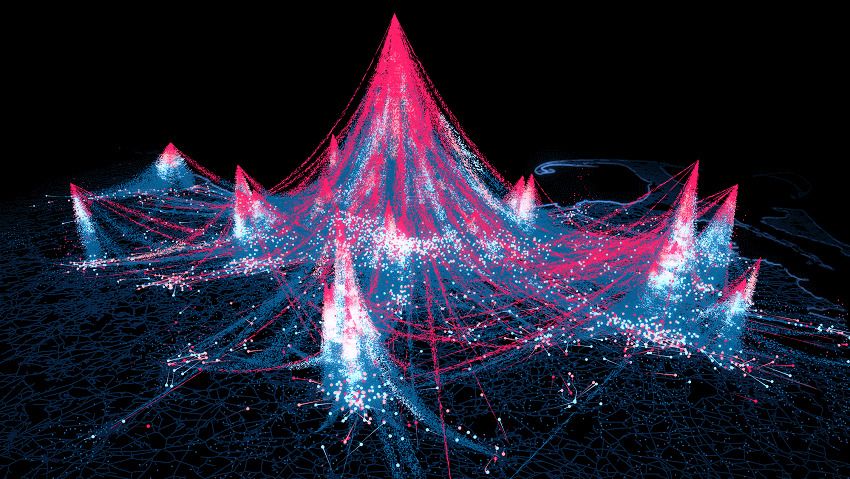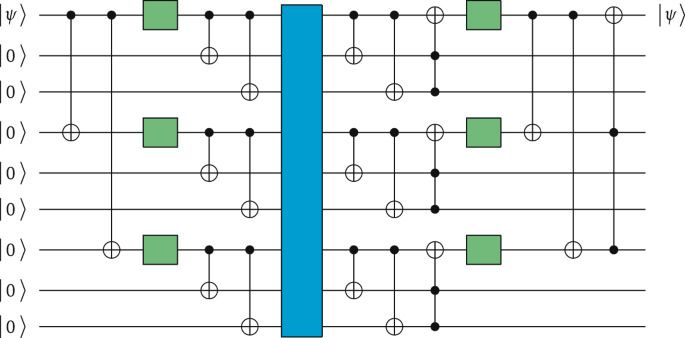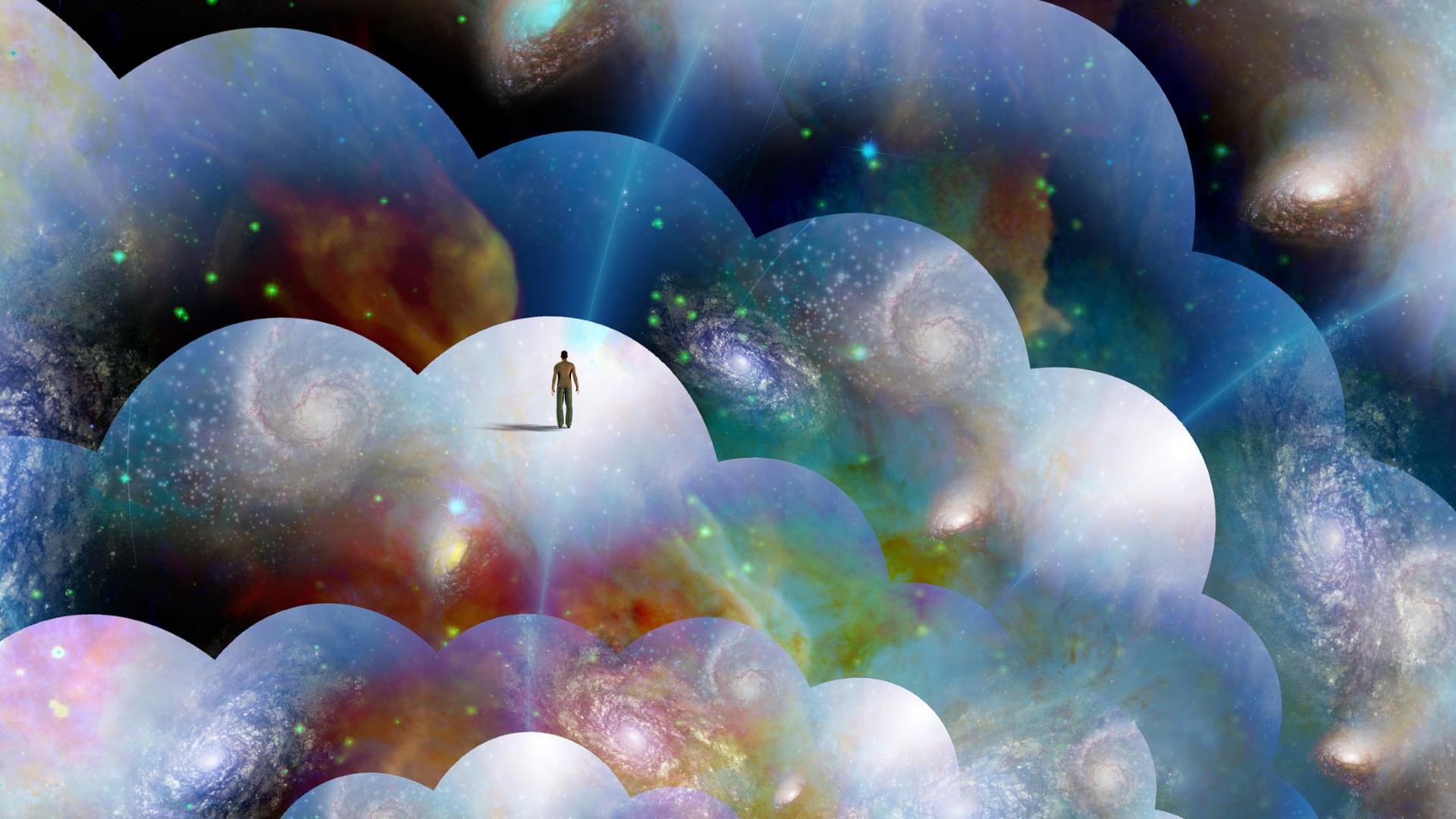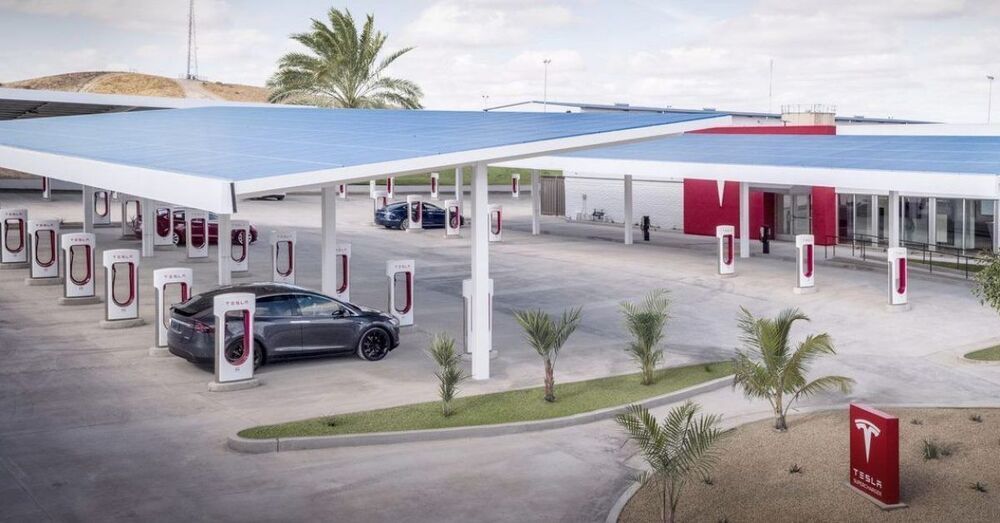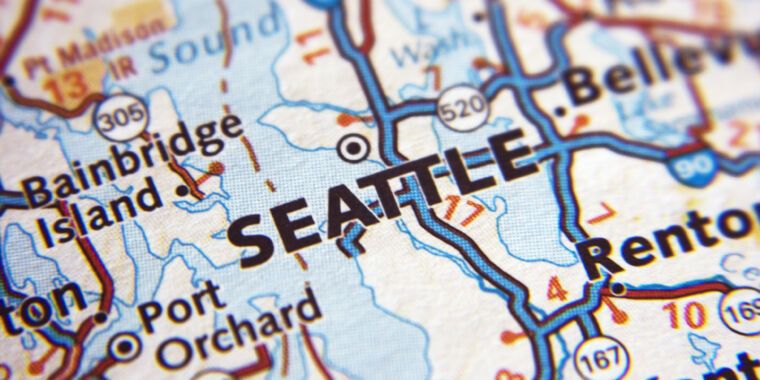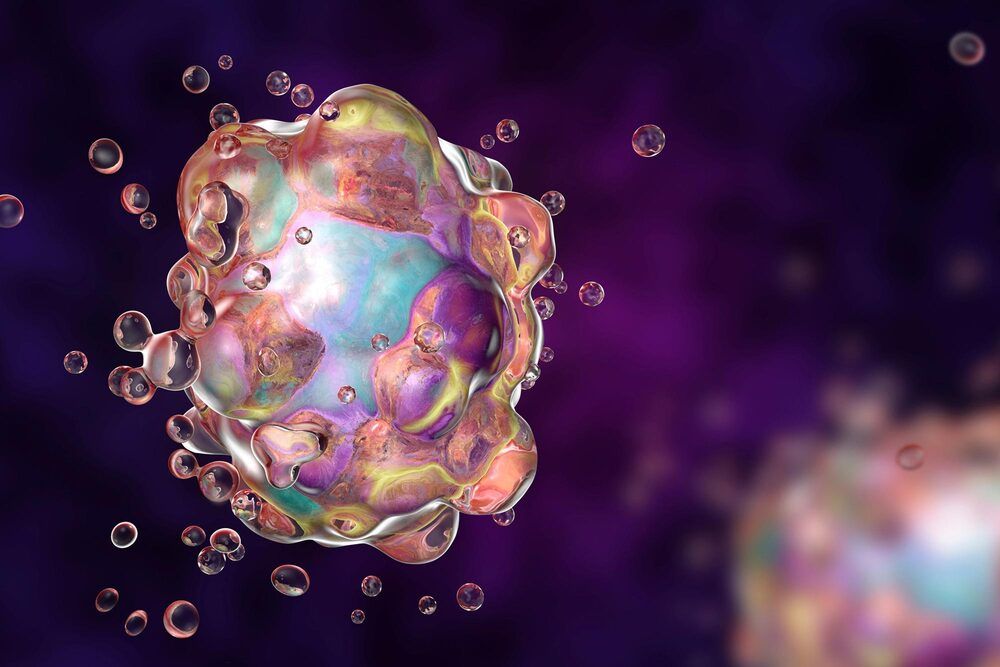Jun 1, 2021
Google helps map one cubic millimeter of human brain tissue
Posted by Quinn Sena in categories: biotech/medical, neuroscience, robotics/AI
😀
This sample tissue was anonymously donated from patients that have undergone surgery to treat epilepsy at the Massachusetts General Hospital in Boston (MGH). It was then given to researchers at Harvard’s Lichtman laboratory.
The Harvard researchers cut the tissue into ~5300 individual 30 nanometer sections using an automated tape collecting ultra-microtome, mounted those sections onto silicon wafers, and then imaged the brain tissue at 4 nm resolution in a customized 61-beam parallelized scanning electron microscope for rapid image acquisition.
Continue reading “Google helps map one cubic millimeter of human brain tissue” »
